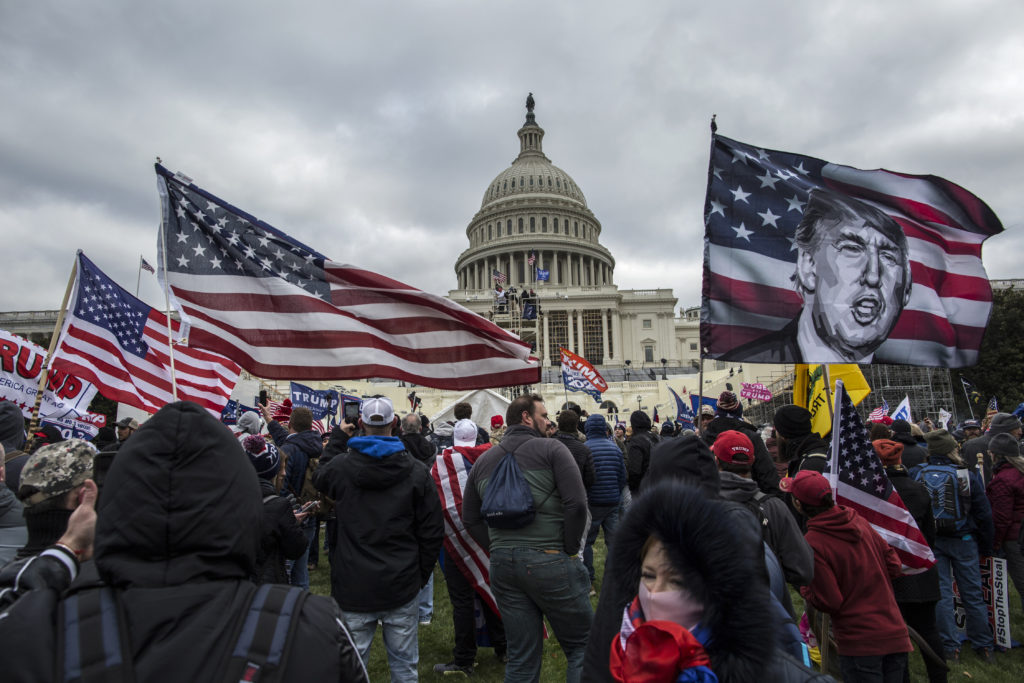by JAVED ALI
With America marking the 20th anniversary of the tragic events on September 11, 2001, it is a good time to examine how the terrorist threats facing our nation have evolved since that time, and the steps being taken to keep the American people secure.
Clearly, President Biden’s recent decision to withdraw U.S. forces from Afghanistan and the chaos that has ensued raises concerns about whether that country will once again become a safe haven and training ground for terrorists now that the Taliban are once again in control. Those concerns are justified.
Indeed, this past April, the Director of National Intelligence reported that, “ISIS, al-Qa‘ida, and Iran and its militant allies continue to plot terrorist attacks against U.S. persons and interests, including to varying degrees in the United States.” The DNI also reported that, “Despite leadership losses, terrorist groups have shown great resiliency and are taking advantage of ungoverned areas to rebuild.” Based on recent events in Afghanistan, those same concerns have reportedly been amplified by the military.
The question now is whether Afghanistan will once again become one of those ungoverned areas and a launching pad for attacks against the West or the United States. The fact that U.S. policymakers even need to consider that possibility is profoundly disappointing, not only to American taxpayers who have spent over $2 trillion training a military and propping up a government that have both collapsed, but also to American troops who have risked and sacrificed their lives over the past 20 years.
Today, the threats Americans face do not just solely come from terrorists overseas. Increasingly, they also come from domestic terrorism here at home.
And yet as we look back on 9/11 and, in particular, as we remember the unity and how our country came together in the weeks and months following the attacks, we must also acknowledge how the terrorist threats we face have evolved since that time. Today, the threats Americans face do not just solely come from terrorists overseas. Increasingly, they also come from domestic terrorism here at home. In fact, as the Center for Strategic and International Studies recently reported, the number of terrorist attacks and plots in the United States in 2020 “reached its highest level in at least a quarter century, with 94 percent of incidents committed by individuals with a domestic-focused grievance (as compared to 5 percent inspired by a Salafi-jihadist ideology).” And unlike the period after 9/11, we are politically polarized making it increasingly harder to find common ground to address the changing threat environment.
Earlier this year, I penned an essay that said the United States was experiencing a “5th Wave of Rebel Terrorism” based on recent attacks, plots, and developments in the domestic terrorism front. This “wave theory” of terrorism was coined in 2002 by UCLA political scientist David Rappaport, who assessed that four previous waves of terrorism stretching back to the 1880s had contributed to different types of threats occurring over different time spans, both at home and abroad. Interestingly, his did not include a “far-right” wave of terrorism but looking at events in the United States in the 1970s and 1980s leading up to the Oklahoma City bombing in April 1995 by anti-government extremist Timothy McVeigh and his accomplice Terry Nichols, one could argue that this phenomenon was significant. In the years following Oklahoma City and because of 9/11, far-right terrorism in the United States waned for at least a decade if not longer, until beginning to pick up steam in the late 2000s and then continuing into the 2010s. In my 5th Wave essay, I argued that several developments in the mid-2010s suggested this threat was on the increase, and by 2020 the brazen plot to kidnap Michigan Governor Gretchen Whitmer and the insurrection at the U.S. Capitol on January 6th seemed to further underscore this trend.
In this current threat environment, attack plots can manifest from small, organized groups to individuals acting on their own with no formal guidance or direction. Further complicating efforts to understand and counter domestic terrorism threats is the legal and policy framework in the United States that makes it very difficult to separate the line between Constitutionally-protected activity like the freedom of speech, freedom of assembly, and right to bear arms, and that which crosses over into criminal action, either at the Federal, state, or local level.
The brazen plot to kidnap Michigan Governor Gretchen Whitmer and the insurrection at the U.S. Capitol on January 6th seemed to further underscore this trend.
In recognition of the shift in the threat and need for action, the Biden Administration earlier this summer released the country’s first-ever national strategy on this topic, and a range of new programs and initiatives to meet this threat. The strategy is organized around four pillars and calls for an increase in intelligence analysis and information-sharing, new approaches to prevent radicalization, steps to detect and disrupt terrorist plotting, and measures to confront the key drivers that fuel grievances and resentment.
While there is no single effort that will provide all the solutions to address this complex threat, one that spans the boundaries between the public and private spheres is the role of the Internet and social media. Earlier this year, I offered a roadmap that could make it more difficult for violent extremists to exploit the online world. Because social media sites are owned and operated by private companies with varying degrees of attention and focus on how their platforms are being used, increasing collaboration, sharing best practices and resources, and harmonizing policies and standards could raise costs and shape things in a more positive direction — without triggering government intervention or regulation.
Twenty years after the September 11th, 2001, terrorist attacks, the United States is clearly at an inflection point with respect to the threat of terrorism. The Taliban are once again in control of Afghanistan, and terrorist groups, although weakened, may see this as an opportunity to once again plot attacks against America from abroad. Here at home, domestic terrorism is increasingly becoming an important national security issue balanced against other ones that are drawing equal amounts of attention, like cybersecurity, infectious diseases, climate change, and great power competition with Russia and China.
Vigilance was the watchword in the weeks and months after 9/11, and it remains the watchword as policymakers — and the American people — confront these evolving threats today.
Javed Ali is an Associate Professor of Practice at the University of Michigan’s Gerald R. Ford School of Public Policy. He previously worked for the FBI, where he held senior roles on joint duty assignments at the National Intelligence Council and the National Counterterrorism Center, and the National Security Council in the Trump Administration.






